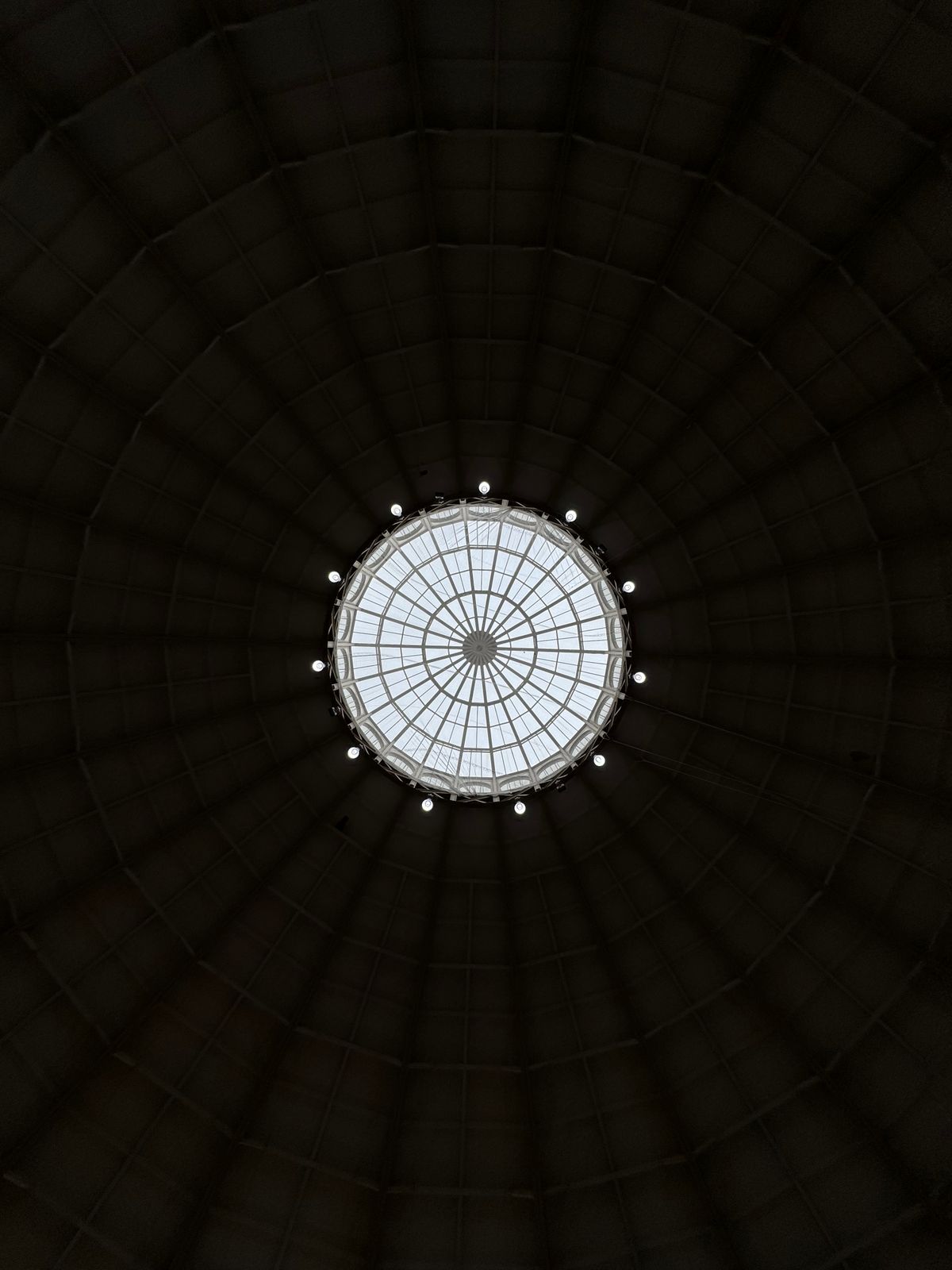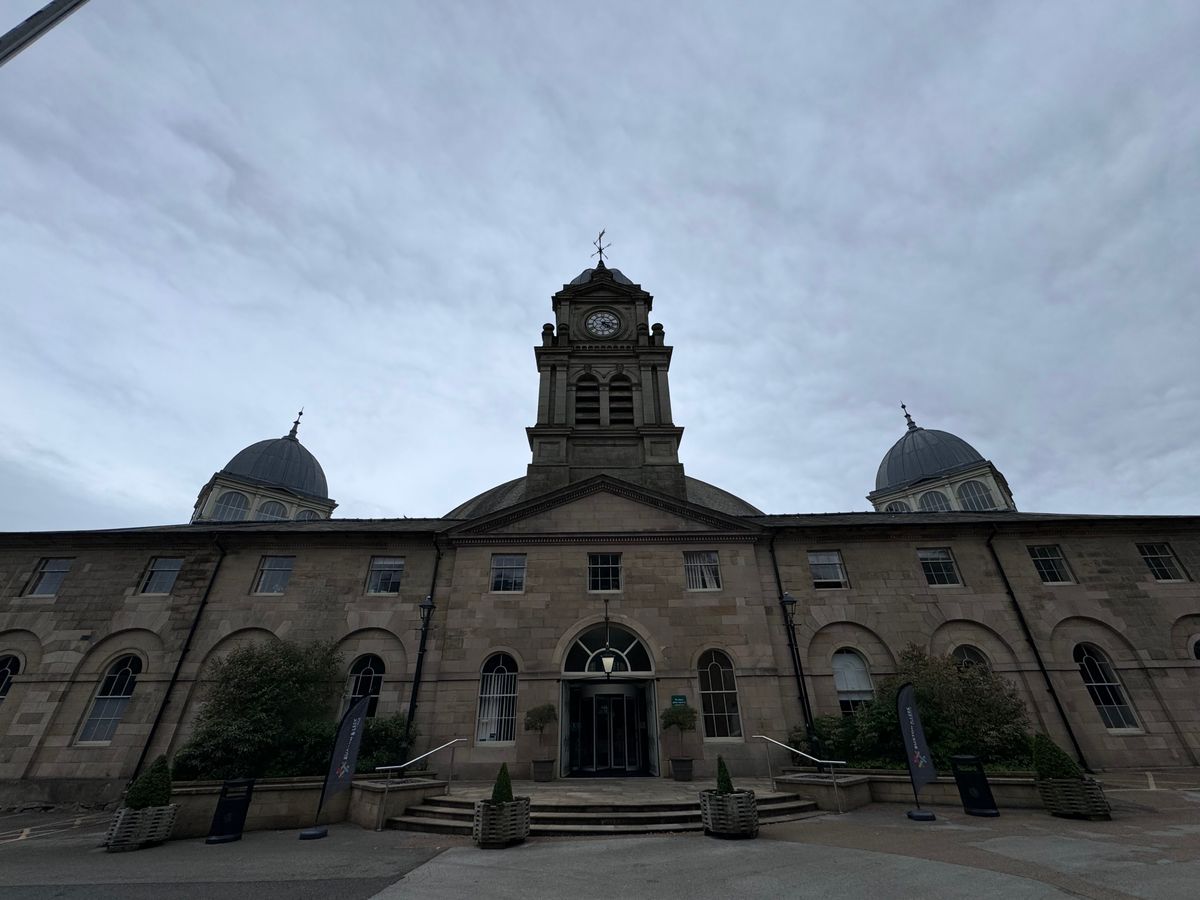About
Originally built between 1780 and 1789, this building designed for the 5th Duke of Devonshire was was crowned in the 19th century with the largest unsupported dome in the UK—once the largest in the world. With a diameter of 145 feet, it was wider than both the Pantheon and St Peters Basilica in Rome. Yet remarkably, this opulent building once housed the horses of the guests of the nearby Crescent Hotel, and their servants.
By the mid-1800s the building was accommodating nowhere near the maximum capacity of 110 horses for which it was designed. A local charity had persuaded the incumbent Duke to allow part of the building to be converted to a charity hospital for the use of the "sick poor" coming in for treatment from the textile districts in Lancashire and Yorkshire. The Dukes’s own estate architect Henry Currey converted two-thirds of the building into a hospital.
In 1881, the Buxton Bath Charity trustees persuaded the then 7th Duke to give them the use of the whole building in exchange for providing new stables elsewhere in the town. Local architect Robert Rippon Duke was commissioned to design a 300-bed hospital to rival the towns of Bath and Harrogate for charity medical provision. Included in Rippon Duke's design was the world's largest unsupported dome. Its world record status was lost to the West Barden Springs Hotel in 1902, and nowadays the dome is not particularly significant on the world stage, where domes over 200 feet are quite common. Still, the Devonshire is the largest unsupported dome in the UK.
The Devonshire Royal was the last of the eight hydropathic hospitals in England to close when it shuttered its doors in 2000. It was acquired by the University of Derby, which received £4.7m from the National Lottery Heritage Fund for its restoration and redevelopment. It was reopened in 2003. The dome is open to the public and is used as a wedding venue and exhibition space. It houses cafés, shops, restaurants and study spaces for the university students. If you're lucky, visitors may see a Foucault’s Pendulum suspended from the centre of the dome.
Related Tags
Published
October 28, 2016
Sources
- https://en.wikipedia.org/wiki/Devonshire_Royal_Hospital
- http://www.derby.ac.uk/campus/campuses/buxton/
- http://www.devonshiredome.co.uk/weddings/
- https://www.google.com/maps/place/Devonshire+Dome/@53.2598872,-1.9166713,19z/data=!4m13!1m7!3m6!1s0x487a313bbd3f7cef:0x1a68420c033743b5!2sDevonshire+Royal+Hospital,+Buxton+SK17+6RG,+UK!3b1!8m2!3d53.2600952!4d-1.9169069!3m4!1s0x487a313bd3411745:0xc351327337d06e08!8m2!3d53.2600128!4d-1.9167817














































